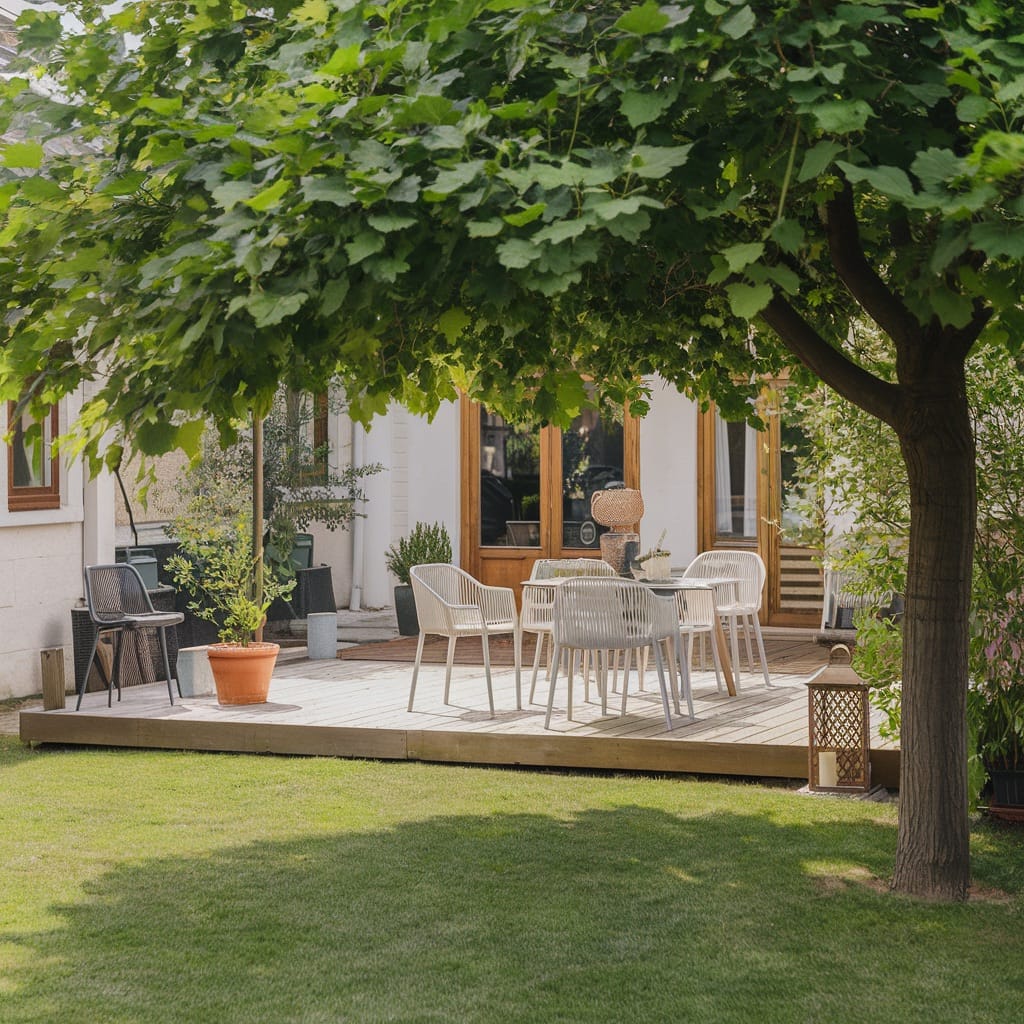Last updated on
If you’re living off-grid, you know that it’s important to have a shelter. A good shelter can protect you from the elements and keep you safe.
In this blog post, we will show you how to make a quick and easy shelter using natural materials. This shelter is perfect for those who are just starting out living off-grid, or for those who need a quick and easy solution in an emergency situation.
We will also provide some tips on how to make your shelter more comfortable and weather-proof. So, let’s get started!
Find a Good Spot

When building a shelter, the first thing you need to do is find a good spot. You want to choose a spot that is high and dry, away from any flood zones or areas that might be susceptible to mudslides. Once you’ve found the perfect spot, it’s time to start gathering materials.
Look for large leaves, branches, and logs. You can also use rocks and dirt to build up the walls of your shelter. Additionally, the price of a shelter depends largely on the dimensions and materials to be used as seen at Quonset-Hut.org website. This will give you a better idea on how to make a quick and easy shelter.
Start Building
Now that you’ve gathered all of your materials, it’s time to start building. If you’re using logs, branches, and leaves, you’ll want to create a frame first. Once you have a good frame, you can start filling it in with smaller branches, leaves, and dirt. If you’re using rocks, you can just start stacking them up to create your walls.
Build the Walls
Once you have all of your materials, it’s time to start building the walls of your shelter. To do this, simply stack the logs, branches, and leaves on top of each other. If you’re using rocks, make sure to stack them in a way that they won’t fall over. Once you’ve built up the walls to your desired height, it’s time to add a roof.
Add a Roof
To add a roof to your shelter, simply lay some large leaves or branches across the top of the shelter. You can also use bark or tarp if you have it. Make sure that the roof is well-secured so that it doesn’t blow away in the wind.
Now that you’ve built your shelter, it’s time to make it more comfortable. You can do this by adding a floor, walls, and a door. A floor will keep you off of the cold ground and make your shelter more comfortable. Walls will help to keep the wind and rain out. And a door will give you some privacy.
Types of Shelter
There are many different types of shelters that you can build. The type of shelter you build will depend on the materials you have and the climate you live in. If you live in a cold climate, you’ll want to build a shelter that will keep you warm. In a hot climate, you’ll want to build a shelter that will keep you cool. And in a wet climate, you’ll want to build a shelter that will keep you dry.
Here are some different types of shelters that you can build:
- A rock shelter: A rock shelter is made by stacking rocks on top of each other to create the walls of the shelter.
- A bark shelter: A bark shelter is made by stripping the bark off of logs and branches. The bark is then used to create the walls of the shelter.
- A tarp shelter: A tarp shelter is made by using a tarp to create the walls and roof of the shelter.
Drawbacks of Living Off-Grid
There are some drawbacks to living off-grid. One of the biggest drawbacks is that it can be difficult to find water and food. You’ll also need to be able to generate your own power. And, you’ll need to be able to protect yourself from the elements. But, if you’re willing to put in the work, living off-grid can be a great experience. You’ll be able to live a simple life and be closer to nature.
Building a shelter is an important part of living off-grid. By following these simple steps, you can build a quick and easy shelter that will protect you from the elements. And by using the right materials, you can build a shelter that will suit your needs and the climate you live in. So, get out there and start building!
Recap:



